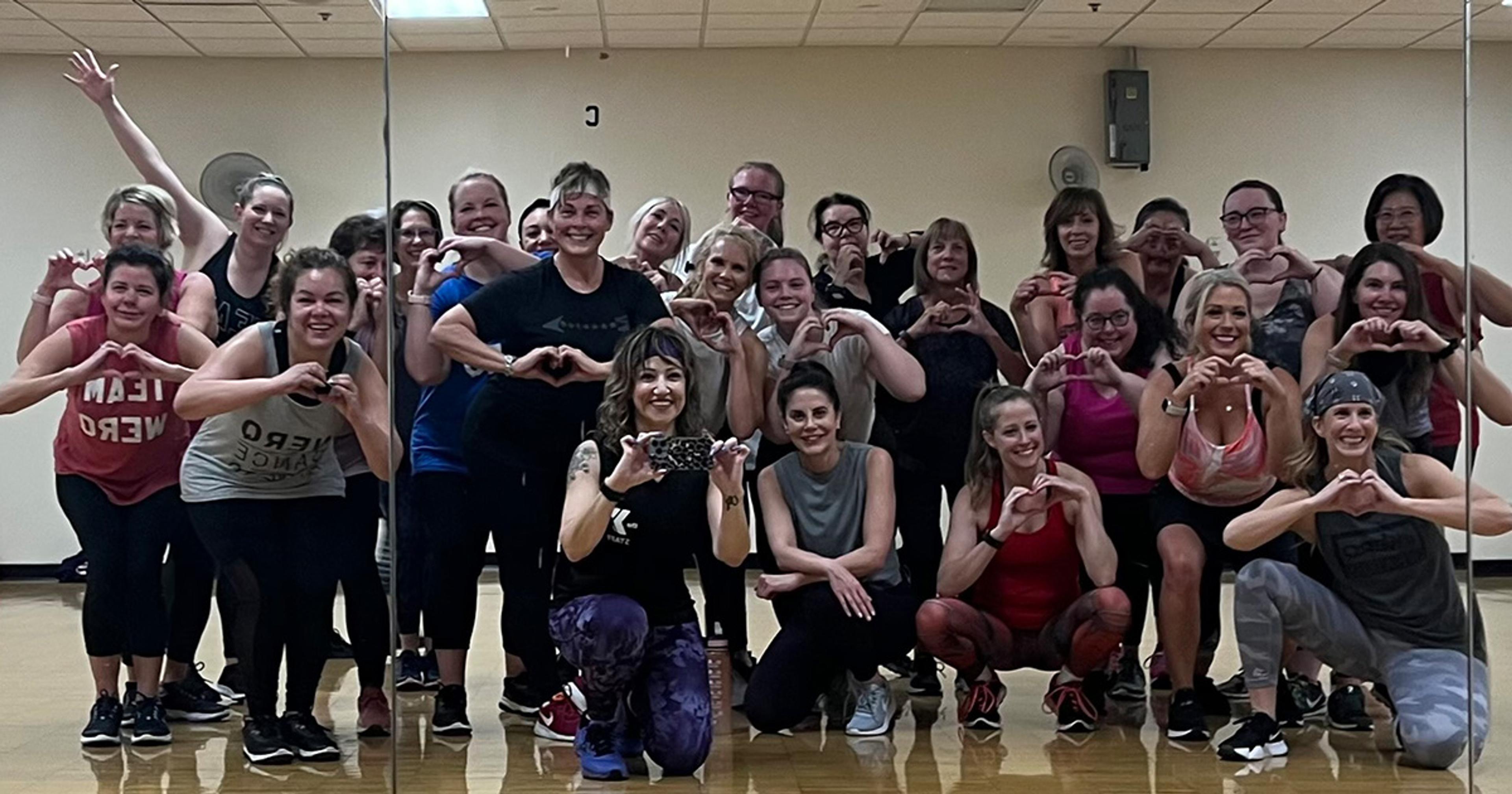6 Running Myths Getting in Between You and Your First Race
| 3 min read

We’ve heard them all: “I’m not built for running,” “I get bored too easily,” “I wouldn’t be able to make it around the block.” These excuses keep many people from ever lacing up their sneakers to give running a shot. But running is a great way to improve your heart health and lose weight (among other benefits!). Even taking a modified approach, like going out for an easy jog or doing intervals of walking and running, can help you reap the benefits.
Committing to a goal like finishing a race is a great way to give running a shot. A local race like the Fifth Third River Bank Run in Grand Rapids, the Traverse City Track Club Bayshore Marathon in Traverse City or the Blue Cross Blue Shield of Michigan Riverfront Run/Walk in Detroit is a fun way to be active and meet other runners. With that in mind, we’re here to kick your excuses to the curb. Check out these six reasons you may think you can’t run a race, but you actually can:
- “There’s no way that my body could handle the stress of a 5K, let alone something longer!” How about running to the next intersection? Do you think you could handle that? Many frequent runners start small and build their way to the top. If a long and winding road seems like too much to handle, focus on one block. And then, when you’ve done that, try running two. Soon enough, you’ll build up the endurance and speed to do even more.
- “I find running boring and repetitive.” Running can be fun! Try drawing out a fun route and running the shape or signing up for a fun run like The Color Run. Race days are so exciting that you’re guaranteed to have a blast.
- “I don’t know the right form.” There are lots of great ways to protect your body as you run. For starters, your posture and foot placement may be to blame for feeling uncomfortable. There is also newfound data connecting a weak core with improper foot pronation (where your foot lands at an angle), causing longer-term arch and ankle pain. Ask your doctor about good stretches or a training technique that can improve your experience. It may mean changes to your total fitness plan rather than focusing solely on your running form.
- “Running alone? No thanks.” It’s easy to find someone to pound the pavement with you. Your dog, your friends and even your kids might be interested in tagging along. If you find that your running buddy doesn’t keep the same pace as you, listen to a podcast, playlist or audio book to keep your mind occupied.
- “Running outside with all those hills just isn’t my thing.” If you’re not a natural outdoor runner, think in terms of gradual changes. If you run four days a week on a treadmill, swap out one of those days with an outdoor run. It also may help to focus on effort instead of pace. Tune into how much energy you’re exerting the first few times you run outside. Getting off the treadmill will get easier once you and your body know how much you can handle and the speed at which you can run outside.
- “One word: blisters.” Moisturized skin, proper-fitting shoes and wicking socks can all help prevent blisters from forming. If you do encounter one, just be sure not to pop it. They’ll likely disappear on their own before long.
Looking for more running tips and tricks? Check out these other blogs:
Photo credit: Kristian Thogersen





